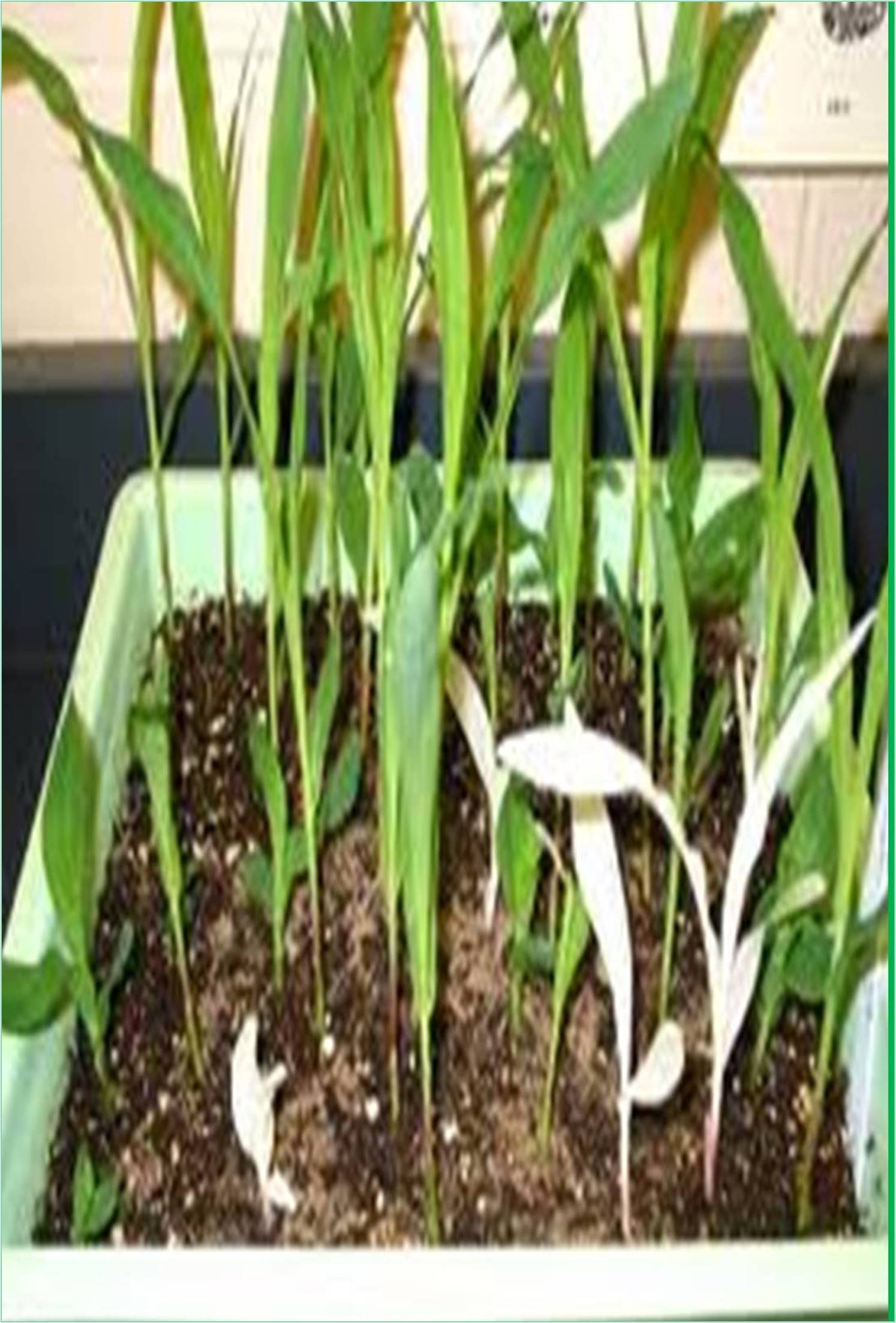



Received: 01-Dec-2022, Manuscript No. GJPBG-22-82857; Editor assigned: 05-Dec-2022, Pre QC No. GJPBG-22-82857 (PQ); Reviewed: 26-Dec-2022, QC No. GJPBG-22-82857; Revised: 02-Jan-2023, Manuscript No. GJPBG-22-82857 (R); Published: 09-Jan-2023, DOI: 10.15651/2449-0598.23.09.011
The morning glory family includes the sweet potato, a crop used for both food security and famine relief. Sweet potatoes come in more than 400 different types. In countries like India, Bangladesh, Vietnam, Indonesia, the Philippines, and the Pacific Islands, the sweet potato is a significant source of bioenergy. Good quantities of vitamins and minerals can be found in both the leaves and the tubers (Ahmad et al., 2005). Through a food-based strategy, Orange-Fleshed Sweet Potatoes (OFSP) may help to reduce vitamin A insufficiency. While anthocyaninrich purple variants are popular in Asia, African customers prefer types with up to 30% dry matter. Utilizing bio fortification techniques, sweet potato tubers with high levels of pro-vitamin A carotenoids are being created. This review aims to uphold the recent strong commitment to breed sweet potato varieties that are bio fortified, nutrient dense, and stress tolerant by raising awareness of research accomplishments in the field and drawing attention to knowledge gaps that must be filled in order to develop the crop's value chain. Despite the fact that sweet potatoes are said to have originated in Central America, they are currently widely grown throughout tropical, subtropical, and a few temperate regions with various agro climatic conditions. 86% of the sweet potatoes grown worldwide are produced in Asia, with China alone accounting for up to 80%. The other half is used for human consumption, with roughly half of this production going to industry and animal feed. Malawi, Nigeria, and Tanzania are the continent's top producers, with production in Africa primarily going for human use. The paler, lower beta carotene variants are grown by traditional African farmers (Ahmad et al., 2006). Over 80 kilograms of sweet potatoes are consumed per person in African nations where they are a primary staple; 15 to 40 kg is typically consumed per person in nations where they are a secondary staple. In order to develop OFSP, seven African nations (Ethiopia, Mozambique, Ghana, Uganda, Kenya, Tanzania, and South Africa) have joined forces.Breeding, variety selection for high beta-carotene and dry matter content, adaptation and acceptability testing, sustainable seed multiplication, and post-harvest processing for industrial and domestic use are some of the methods used (Alleman et al., 1997).
The paler, lower beta carotene variants are grown by traditional African farmers. Over 80 kilogrammes of sweet potatoes are consumed per person in African nations where they are a primary staple; 15 to 40 kg is typically consumed per person in nations where they are a secondary staple. In order to develop OFSP, seven African nations (Ethiopia, Mozambique, Ghana, Uganda, Kenya, Tanzania, and South Africa) have joined forces. Breeding, variety selection for high beta-carotene and dry matter content, adaptation and acceptability testing, sustainable seed multiplication, and post-harvest processing for industrial and domestic use are some of the methods used (Almirall et al., 1997). Consuming various sweet potato portions is linked to a number of health advantages (antioxidant, cardio protective, antiinflammatory, anti-cancer, anti-diabetic, antimicrobial, anti-obesity and prevention of vitamin A deficiency). While the purple fleshed types of OFSP are good sources of anthocyanins, which have potent antioxidant effects, many OFSP varieties are superior suppliers of pro-vitamin A. The leaves can be used to cure respiratory conditions, provide relief from insect stings, and lower fevers. Due to its high flavonoid concentration, it is a potent antioxidant, reduces stress, and has anti-aging benefits. Sweet potatoes have been recognized by the World Health Food Organization (WHFO) as a root crop with "antidiabetic" properties (Awojobi et al., 2009). According to in vivo research, the carbohydrate in SP lowers insulin resistance and stabilizes blood sugar levels. While certain sweet potato types are superior providers of carbohydrates with a low glycemic index, others are not, Boiling Jamaican sweet potatoes had a glycemic index of 41–50. It is urgent for reducing hunger and micronutrient malnutrition to increase the adoption of OFSP in underdeveloped countries and its adaption to various agro ecologies. Farmers should have more access to good planting supplies. The entire carotenoid profiles and contents of the recently created OFSP cultivars must be analyzed. It is recommended to use OFSP varieties to create more inventive food products and to implement suitable sweet potato storage practices.
Ahmad T, Sarwar M, Mahr N (2005). Influence of varyingsources of dietary electrolytes on the performanceof broiler reared in a high temperature environment. Animal. Feed. Sci. and Technol. 20: 277-298. [Crossref] [Google Scholar]
Ahmad T, Sarwar M (2006). Dietary electrolytebalance: implications in heat stressed broiler.World’s Poult. Sci. J. 62: 638-653. [Crossref] [Google Scholar]
Alleman F, Leclercq B (1997). Effect of dietaryprotein and environmental temperature on growthperformance and water consumption of male broilerchickens. Br. Poult. Sci. 38: 607-610. [Crossref] [Google Scholar] [Pubmed]
Almirall M, Cos E, Esteve (1997). Effect of inclusion of sugar beet pulp,pelleting and season on laying hen performance. Br. Poult. Sci. 38: 530-536. [Crossref] [Google Scholar] [Pubmed]
Awojobi HA, Adekunmisi AA (2009). Performance of finisher broilers fedwet mash with or without drinking water during wetseason in the tropics. Int. J. Poult. Sci. 8: 592-594. [Crossref] [Google Scholar]